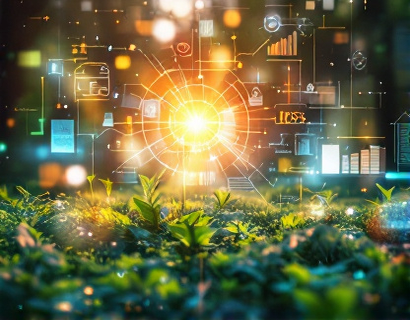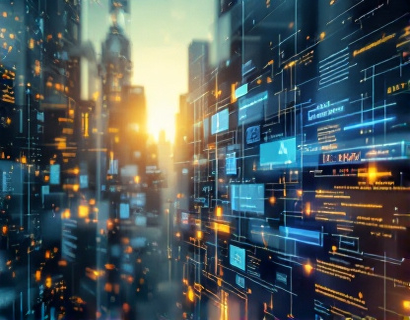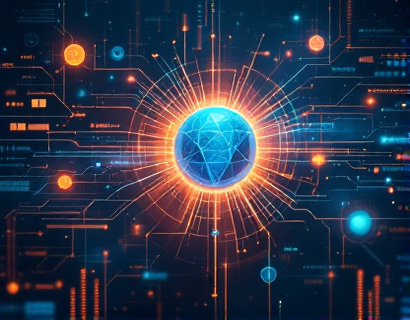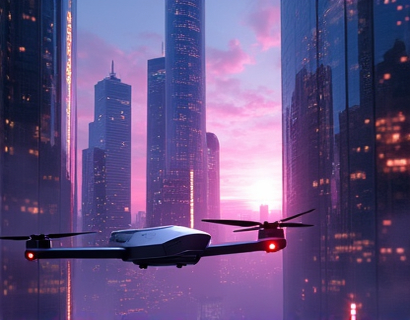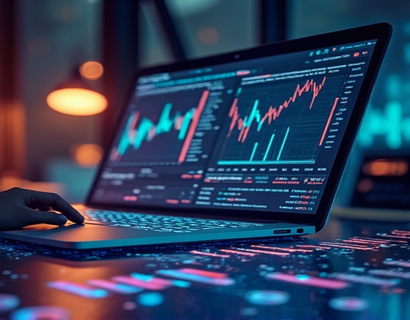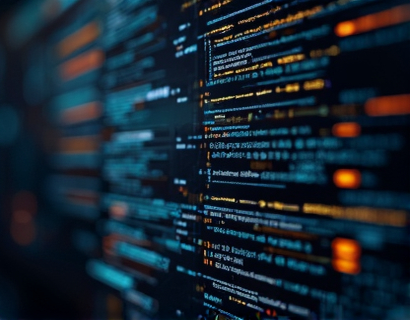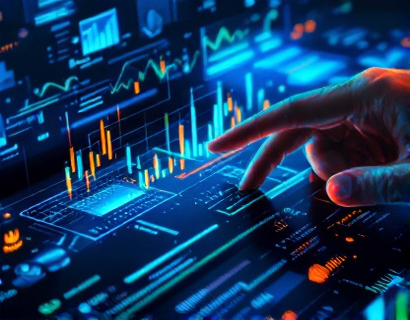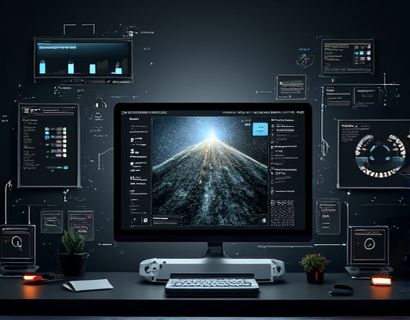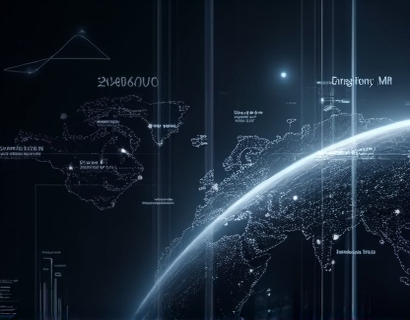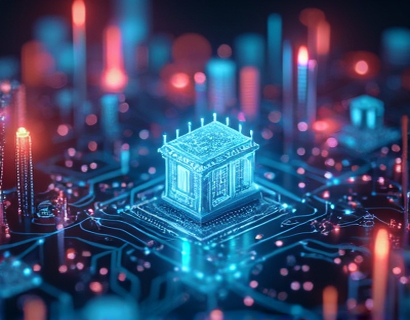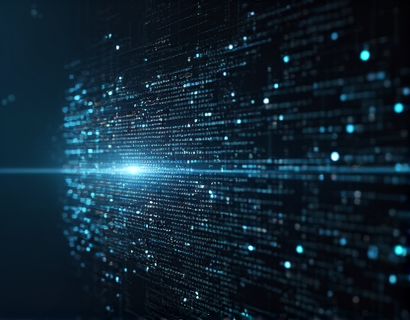Optimizing Aquaponics Business Operations with Cutting-Edge Software Solutions
In the rapidly evolving world of sustainable agriculture, aquaponics stands out as a promising method that combines aquaculture and hydroponics to create a symbiotic environment for fish and plants. For aquaponics businesses, managing complex systems efficiently while ensuring sustainability is crucial for success. Advanced software solutions are revolutionizing the way these operations are managed, offering powerful tools that streamline processes, enhance productivity, and promote environmental responsibility. This article delves into the benefits of integrating cutting-edge software into aquaponics business operations, exploring how these tools can unlock the full potential of your farm.
Understanding the Challenges of Aquaponics Management
Aquaponics systems are intricate, involving the careful balance of water quality, nutrient levels, and environmental conditions to support both fish and plant life. Managing these systems manually can be time-consuming and prone to errors, which can lead to suboptimal growth conditions and reduced yields. Key challenges include monitoring water parameters, maintaining optimal pH levels, controlling nutrient dosing, and ensuring the health of both fish and plants. These tasks require constant vigilance and precise adjustments to maintain a thriving ecosystem.
How Software Solutions Can Transform Aquaponics Operations
Cutting-edge software solutions are designed to address these challenges by providing comprehensive tools for monitoring, controlling, and optimizing aquaponics systems. These platforms offer a range of features that can significantly enhance the efficiency and sustainability of aquaponics businesses. By automating routine tasks and providing real-time data, software solutions enable farmers to make informed decisions quickly, leading to better crop and fish health, higher productivity, and reduced resource consumption.
Real-Time Monitoring and Data Analysis
One of the most significant advantages of using software in aquaponics is the ability to monitor system parameters in real-time. Advanced sensors and IoT devices can continuously track water temperature, pH, dissolved oxygen, ammonia, nitrite, and nitrate levels. This data is transmitted to a central dashboard where farmers can view it instantly. Real-time monitoring allows for immediate detection of any anomalies, enabling prompt corrective actions to prevent issues from escalating. For instance, if the pH level drops below the optimal range, the system can alert the farmer to add a buffer solution, ensuring the health of the aquatic life.
Automated Control Systems
Automation is a cornerstone of modern aquaponics management. Software solutions can control various aspects of the system, such as pumps, aerators, and feeders, based on predefined parameters and real-time data. For example, the software can automatically adjust the pump speed to maintain the correct water flow and oxygen levels, or trigger the addition of nutrients when levels fall below a certain threshold. This level of automation reduces the need for manual intervention, saving time and labor while ensuring consistent and optimal conditions for both fish and plants.
Nutrient Management and Dosing
Proper nutrient management is critical in aquaponics to support plant growth and prevent nutrient imbalances that can harm fish. Software solutions can help manage nutrient dosing by analyzing water test results and recommending the appropriate amounts and types of nutrients to add. This ensures that plants receive the necessary nutrients without over-fertilization, which can lead to water quality issues. Some advanced systems even integrate with fertilizer suppliers to automate the ordering process, ensuring that nutrients are always available when needed.
Growth Monitoring and Yield Optimization
Tracking the growth of both fish and plants is essential for optimizing yields and making data-driven decisions. Software solutions can integrate growth tracking features, allowing farmers to monitor the size and health of their crops and fish over time. By analyzing growth data, farmers can identify trends, adjust management practices, and optimize growing conditions. For example, if certain plant varieties are growing slower than expected, the software can suggest adjustments to light, temperature, or nutrient levels to improve growth rates.
Energy Efficiency and Sustainability
Sustainability is a core value in aquaponics, and software solutions play a vital role in promoting energy efficiency. By optimizing system operations, these tools can reduce energy consumption and minimize the environmental footprint of aquaponics farms. For instance, automated control systems can adjust lighting and heating based on real-time conditions and plant needs, ensuring that energy is used only when necessary. Additionally, software can help farmers plan and schedule tasks to take advantage of off-peak energy rates, further reducing costs and environmental impact.
Integration with Market and Supply Chain Data
Beyond managing the farm itself, software solutions can also integrate with market and supply chain data to enhance business operations. By connecting to market platforms, farmers can stay updated on demand, prices, and trends, allowing them to make informed decisions about what to grow and when to harvest. Integration with supply chain data can streamline the distribution process, ensuring that produce reaches customers fresh and efficiently. This level of integration helps farmers maximize their revenue and build stronger relationships with customers.
User-Friendly Interfaces and Accessibility
For software solutions to be effective, they must be user-friendly and accessible to farmers of all technical backgrounds. Modern aquaponics software platforms are designed with intuitive interfaces that guide users through monitoring and controlling their systems. Step-by-step tutorials, clear dashboards, and mobile accessibility ensure that farmers can manage their operations efficiently, even when they are not on-site. This accessibility is particularly important for small-scale farmers who may not have extensive technical expertise but still want to leverage advanced tools to improve their operations.
Case Studies and Success Stories
Numerous aquaponics farms have already seen significant benefits from implementing advanced software solutions. For example, a mid-sized aquaponics farm in the Midwest reported a 30% increase in crop yields and a 25% reduction in energy costs after integrating a comprehensive management software. Another farm in California used real-time monitoring and automated control systems to maintain optimal water conditions, resulting in healthier fish and faster plant growth. These success stories highlight the practical impact of software solutions in enhancing productivity and sustainability in aquaponics.
Future Trends and Innovations
The integration of software in aquaponics is an evolving field, with ongoing innovations poised to further transform the industry. Artificial intelligence and machine learning are beginning to play a role in predictive analytics, allowing farmers to forecast potential issues and optimize operations proactively. Blockchain technology can enhance traceability and transparency in the supply chain, building consumer trust and supporting sustainable practices. As these technologies mature, they will continue to enhance the capabilities of aquaponics software, driving the industry toward greater efficiency and sustainability.
Conclusion
In conclusion, integrating cutting-edge software solutions into aquaponics business operations offers a multitude of benefits. From real-time monitoring and automated control to nutrient management and energy efficiency, these tools empower farmers to manage their systems more effectively, leading to higher yields, reduced costs, and a smaller environmental footprint. As the aquaponics industry continues to grow, embracing advanced software will be essential for staying competitive and sustainable. By adopting these technologies, aquaponics businesses can unlock their full potential and contribute to a greener future in sustainable farming.



